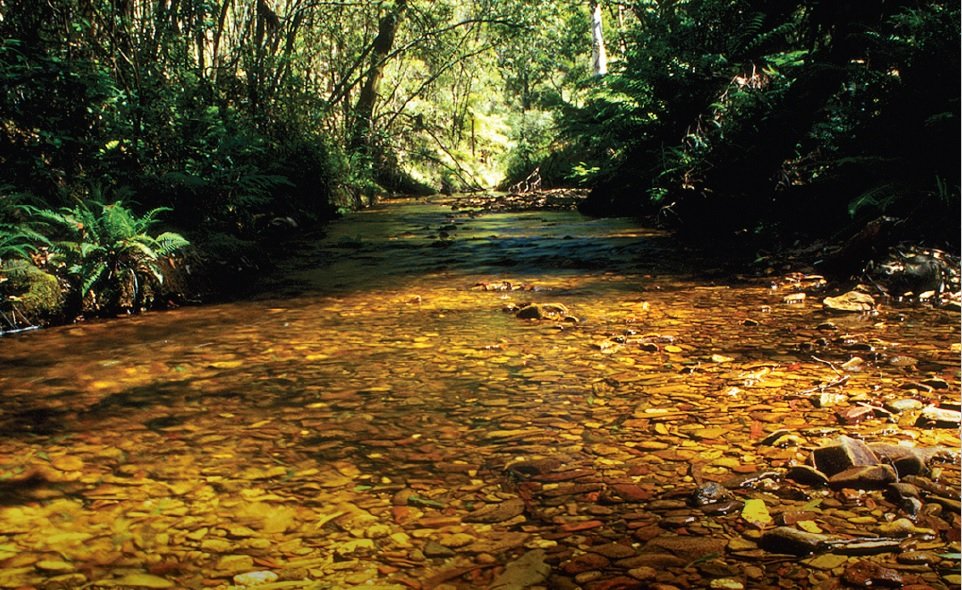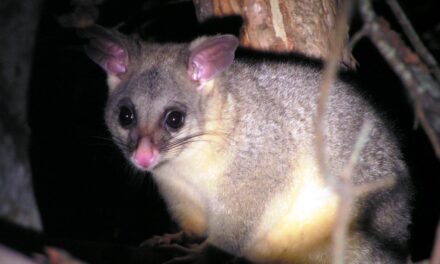Victoria’s Parliament has passed legislation to establish the Wombat Lerderderg National Park, a major victory for local conservationists, forest-users and walkers. After clearing both the Lower House (in September) and just recently the Upper House, the new park brings together more than 44,000 hectares of forest, combining roughly 24,000 ha of Wombat State Forest with nearly 20,000 ha of the existing Lerderderg State Park.
The Great Dividing Trail Association (GDTA), whose Lerderderg Track winds through much of that landscape, has welcomed the change. Their President, Tim Bach, said the park declaration offers much-needed certainty. “The Lerderderg Track takes walkers and riders through deep gorges, ridgelines and forests shaped over hundreds of millions of years. National park status recognises the value of this landscape and gives it the level of protection it deserves,” he said.
At the same time, Wombat Forestcare, a community group long campaigning for protection of the Wombat Forest, expressed joy that decades of advocacy have paid off. Gayle Osborne, a spokesperson for the group, said, “Wombat Forestcare members and supporters … have campaigned for many years for the protection of our unique forest and its inhabitants. We are delighted that the parks will be legislated … and look forward to the legislation of the promised regional parks and bushland reserves in the central west region.”
Forestcare emphasises the significance of the habitat now protected. The Wombat Forest is home to the Greater Glider, a large gliding mammal once common but now endangered. It also hosts the critically endangered Wombat Leafless Bossiaea, with only five known wild plants — all within this forest. Powerful Owls breed here too, an indicator of forest health, as they rely on stable food sources such as possums. “For more than 14 years … so many people have attended protest events, written letters to politicians and supported the campaign in so many ways,” Osborne said.
Under the new legislation, many existing recreational uses will continue in the national park. Walkers, mountain bikers, four-wheel drivers, trail bike riders and picnickers will retain access to some areas. Seasonal deer-hunting by stalking will still be allowed in parts of the former state forest, but recreational prospecting will no longer be permitted inside the national park. Instead, the government has established a nearby Barkstead Regional Park of about 4,855 hectares to provide space for prospectors.
From the GDTA’s perspective, the timing is particularly significant. The association has just launched its new Lerderderg Track Walk or Ride Guide, which maps the trail between Daylesford and Bacchus Marsh, highlights the geology, natural heritage and the character of the land. Tim Bach said that with the national park in place, the guide’s message about responsible and respectful use of the forest is even more important.
There is, however, recognition that legislation is only the start. Gayle Osborne of Wombat Forestcare noted the responsibility ahead: “We have campaigned so hard … and now the hard work of protecting habitat begins. Restoration, pest and weed control, ongoing monitoring and planning will all be essential.”
Both the GDTA and Wombat Forestcare plan to work with Parks Victoria, government bodies and Traditional Owner groups to help manage the new park. The land lies on the traditional Countries of the Dja Dja Wurrung and Wurundjeri Woi Wurrung Peoples. For the GDTA, this means not only caring for ecological values but also interpreting cultural heritage so trail users can understand the deeper stories of the land.
The creation of the Wombat Lerderderg National Park has drawn praise from broader conservation groups too. According to the Victorian National Parks Association, the new parks, including Mount Buangor and Pyrenees, will protect hundreds of rare and threatened species and represent the first major additions to Victoria’s national park system in nearly 14 years.
For the Wombat region, the outcome is a milestone. It safeguards a landscape prized by walkers, riders, nature-lovers and volunteers while protecting the forest’s most vulnerable wildlife. As Tim Bach of the GDTA puts it, “This is a proud day for everyone who loves these forests. The national park gives the Lerderderg Track a secure future and ensures that walkers and riders will continue to experience a landscape that is both wild and welcoming.”
This article is based on media releases from Wombat Forestcare and the Great Dividing Trail Association.





